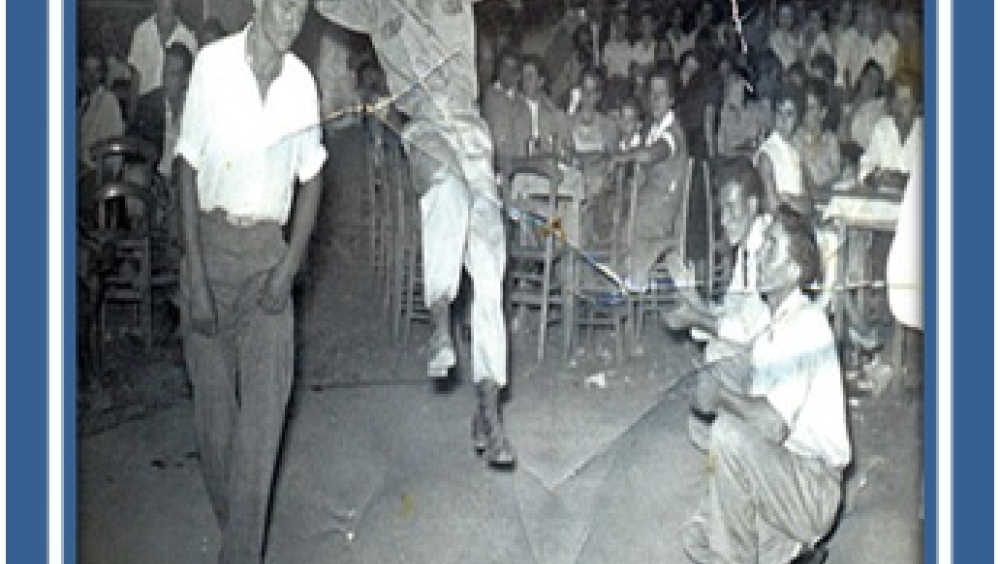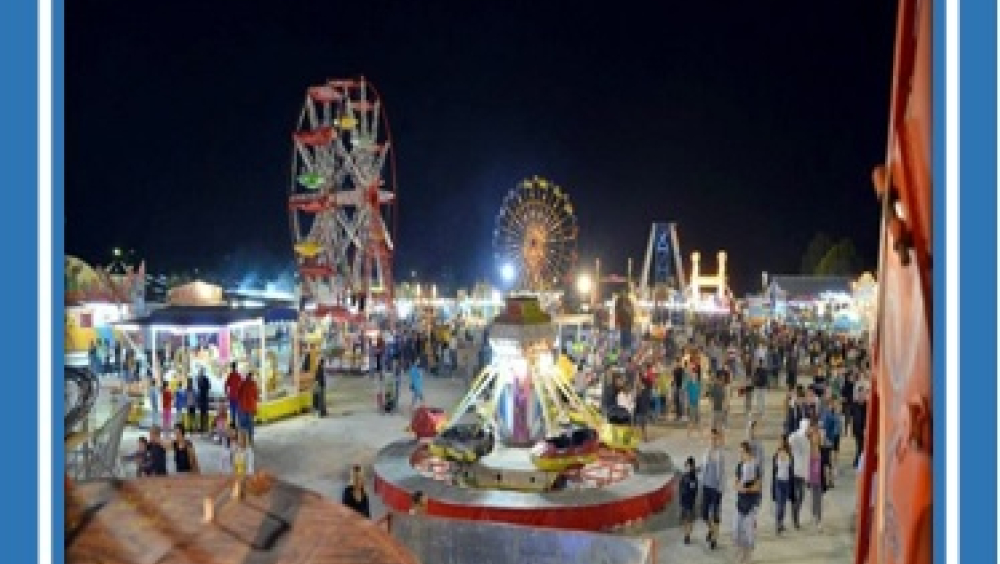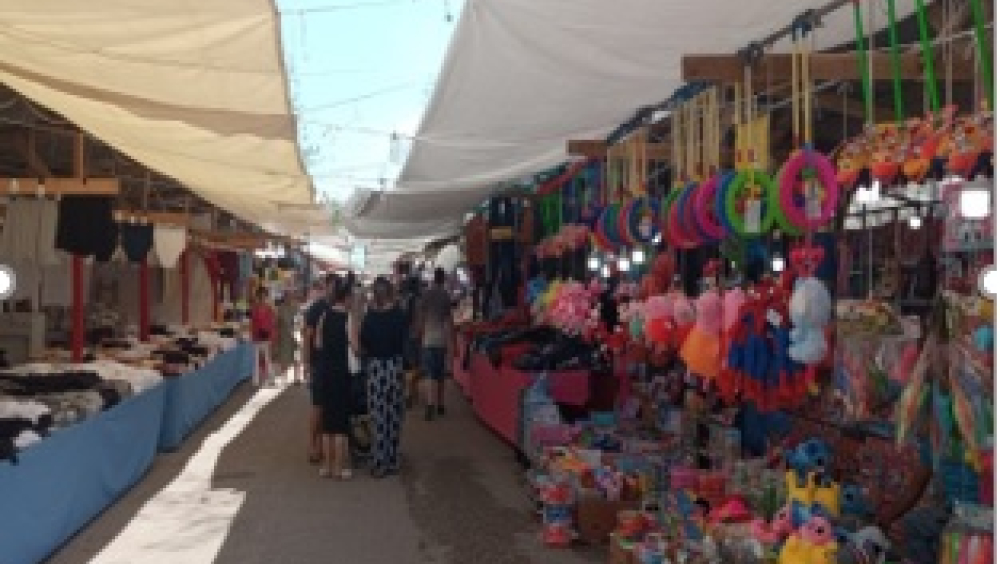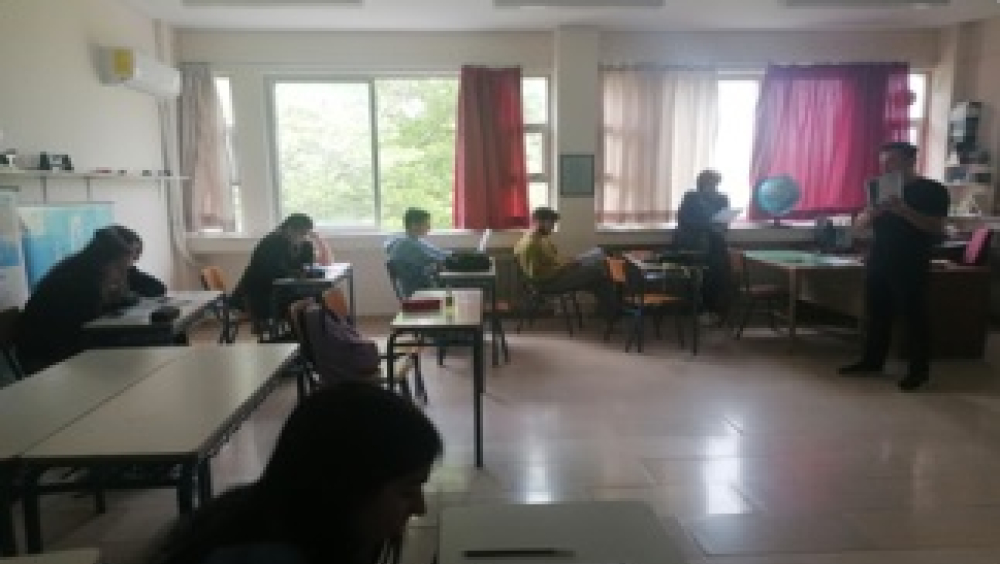The Almyros trade fair… in a school class
The Almyros trade fair… in a school class
Organisation of trade fairs in many places in Greece dates centuries back and is closely connected with the economic and social conditions in which they appeared, developed and, of course, continue to evolve to this day. The tradition of the trade fair flourished though in the 18th century. Goods and commodities were traded either at permanent local markets, or weekly bazaars or fairs, which were markets with a larger number and variety of goods. They were directed not only at the local population but also at neighbouring or even more distant and isolated areas.
The fairs were held on the same locations every year during certain months and had a strict structure. A large number of traders from different regions would gather to sell their wares. The goods traded covered the daily needs of rural communities: from agricultural and animal products to livestock as well as a variety of household, clothing, food and other goods. Their role in the economy was significant at a local level, since they promoted connections between the countryside and provincial towns, circulation of money and development of trade. At the same time, they were places of social interaction, where news and ideas (even beliefs) were disseminated, both by traders who travelled to the local fairs and by the local population.
In this context, the Almyros Trade Fair is a local tradition that dates back to 1881, and has since then been a rich bazaar with a variety of products which meet the needs of not only the local population but also customers from distant areas. It has been held continuously during the last week of August (23rd-30th) on the southern outskirts of the town of Almyros, which is located in the eastern part of the Greek mainland, in the prefecture of Thessaly. The selection of both place and time is not random, as this period, which has remained the same over the years, has been the time of preparation for many types of agricultural work like ploughing and planting of land. At the fair, both the local population and visitors from elsewhere could buy the equipment they needed for agricultural work, reproduction animals and beasts of burden as well as a variety of products for their daily nutritional needs. Trade agreements but also even marriages were arranged there.
This was additionally the place where news, ideas and customs were exchanged, as it was a meeting place for different populations and ethnic groups at times when life was much harder and there were not many types of entertainment.
Today, adapted to new economic and social conditions, the fair has obtained a different form but it is still a point of reference for the social and commercial life of the area, useful for the local economy and a dynamic expression of the living heritage of Almyros. Affordable clothing and household goods are offered for sale during the day, while at night an amusement park is set up and a variety of delicacies appeal to the visitors’ food preferences. Despite the new on-line communication channels that technology offers, the fair remains a "living" opportunity for visitors to meet and communicate, a fact confirmed by its high visitor numbers.
The teachers of the Efxinoupolis Junior High School & Lyceum Classes used and explored the tradition of the Almyros trade fair as an element of living heritage by incorporating it into the teaching of Literature and English in the 2nd class of the Senior High School, as well as into the teaching of Home Economics and Biology in the 1st class of the Junior High School during the 2023-2024 school year. As a component of intangible heritage and through the learning process, this has offered the potential for students to explore their local past (learning about it through itself), eliminating thus social divisions as well as reinforce citizenship, features which promote peace and inclusion in the context of people’s similarities. In parallel, specific elements of this type of markets familiarizes students and raises awareness on subjects of environmental protection and sustainable farming methods (e.g. selling products in bulk) while at the same time it connects them with the UNESCO goals of peace and manifestations of human activity within it. Finally, it contributes to obtaining a sense of community as well as reconciliation and solidarity of people with different national, religious, racial and social features, who all may co-exist and operate in the trade fair’s setting. Subsequently, this approach leads to harmonious and peaceful co-existence of people in the European continent. All in all, the activity has reinforced the significance of heritage preservation as a foundation for the European identity and the UNESCO goals for peace and respect.



